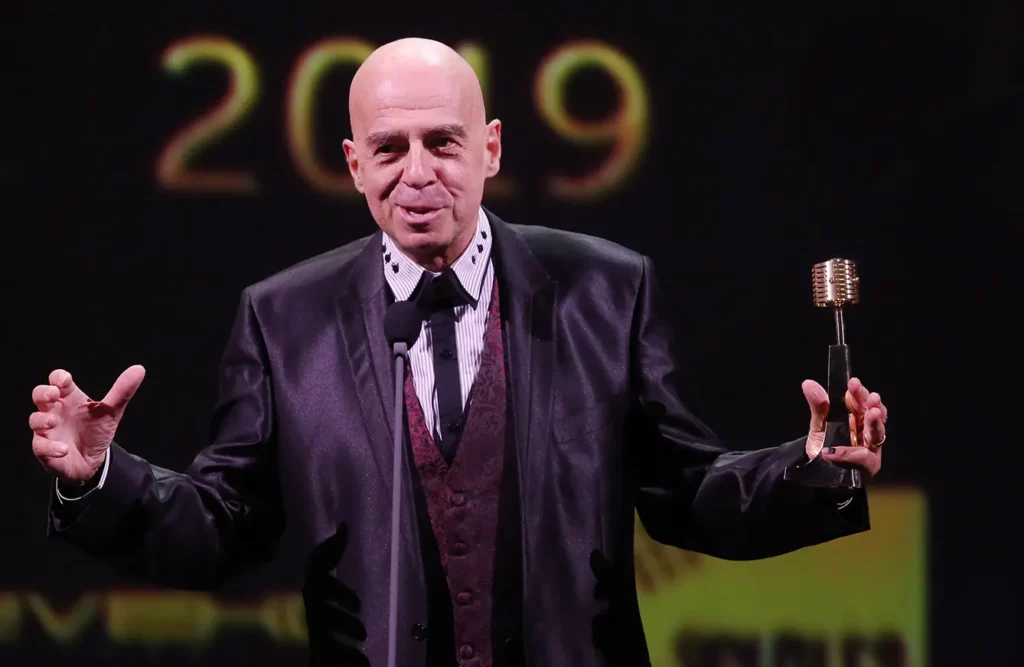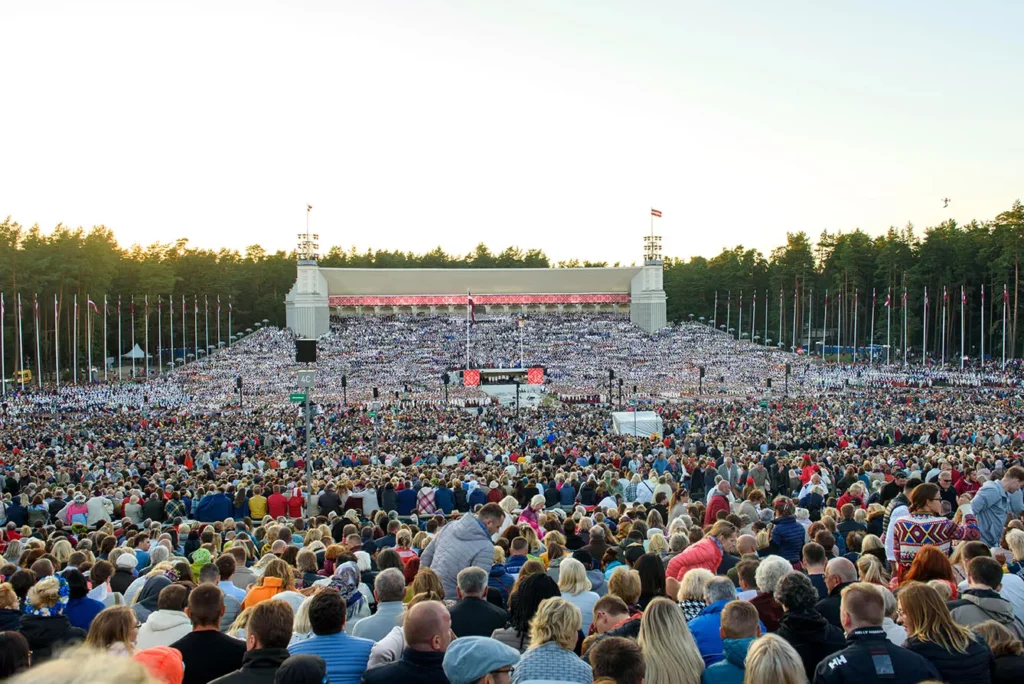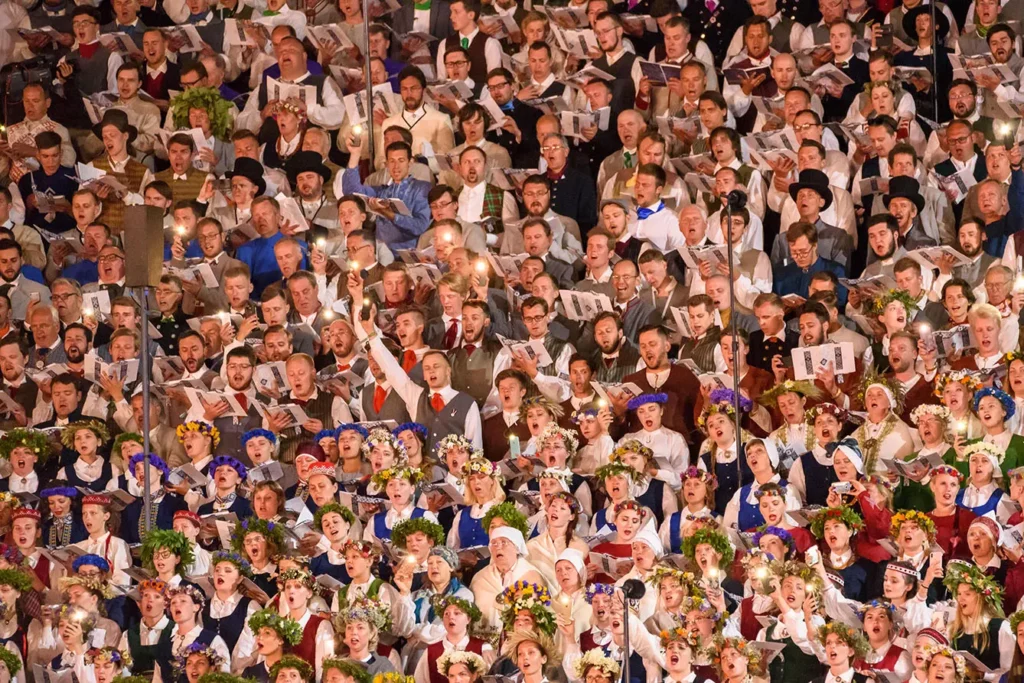A song with an incredible ability to stir an emotional response, “Saule, Pērkons, Daugava” (Sun, Thunder, Daugava River) by the Latvian composer Mārtiņš Brauns has a uniting power. Giving strength to Latvians since the late eighties, the song now also invigorates the Catalans almost 3000 kilometers away, as both nations share a fighting spirit.
The original lyrics speak of the emotional load of living under foreign rule and the will to break free. It touches on the light and darkness present in each of us and the importance of maintaining a balance between the two since they cannot exist without one another. If everything were to be bright, we would lose the motivation to progress.




Latvian people’s anthem in Catalonia
In 2014, in the run-up to the Catalan independence referendum, Brauns – the song’s composer – was approached by the independence activists and gave his permission to use his song as part of the campaign. The Catalan version, “Ara és l’hora” (The Time is Now), embraces the words of Catalan poet Miquel Martí i Pol. In September, on the National Day of Catalonia, Brauns himself took to the piano to accompany the choir of thousands, which had gathered in the streets of Barcelona.
The above event was not the first time the Catalans found inspiration in the history of the Baltic states and their fight for independence from the Soviet Union. In 2013, the community held its own Catalan Way based on the Baltic Way of 1989. Approximately 1,6 million people formed a human chain across 400 kilometers of Catalonia to support its independence from Spain.
Latvians have been known to call “Saule, Pērkons, Daugava” the unofficial, “authentic” country’s anthem. So much so that in 2011, Eduards Griškevičs launched a campaign to replace the national anthem with “Saule, Pērkons, Daugava” on an online platform that serves as a digital democracy tool. The initiative still needs to gain more support in order for parliament to review it.
A brief history of “Saule, Pērkons, Daugava”
Brauns composed “Saule, Pērkons, Daugava” in 1988 as the soundtrack for a play at Valmiera Drama Theatre. The late eighties were the time of the Third Awakening or Singing Revolution in the Baltic States, which led to the restoration of the independence of Latvia, Lithuania, and Estonia. The song’s original lyrics are the words of Rainis, a Latvian poet, playwright, journalist, politician, and active member of the New Current political movement.
In Latvian mythology, Saule is the deity who gives warmth and strength. She represents life and vigor. Pērkons is a god who, broadly speaking, represents the force of nature and looks after the weather. The Daugava River is the biggest river in Latvia and bears a symbolic meaning. It is referred to as the “river of destiny” and “a mother.” For years, Latvians fought against the Soviet plan to build a new hydroelectric power plant on Daugava waters, which would flood a significant area of natural beauty forever. This fighting spirit led to the Awakening.
Brauns was a revered composer whose creative work enriched several significant plays and films and continues to feature in the repertoire of the Latvian Song and Dance Festival. Towards the end of his life, he received the Order of the Three Stars – the highest civilian order awarded for meritorious service to Latvia.
The Song and Dance Festival is a national celebration that takes place every four years. The grand finale concert at the legendary Mežaparks Open-air stage is a major event in the program. Here, the live renditions of “Saule, Pērkons, Daugava” are met with standing ovations and calls for encores every time. When visiting Riga, you can find a large-scale graffiti rendition of “Saule, Pērkons, Daugava” by artists Kiwie and Rudens Stencil on the wall of a residential building. Just one other way to pay tribute to the song encapsulating the nation’s spirit.







